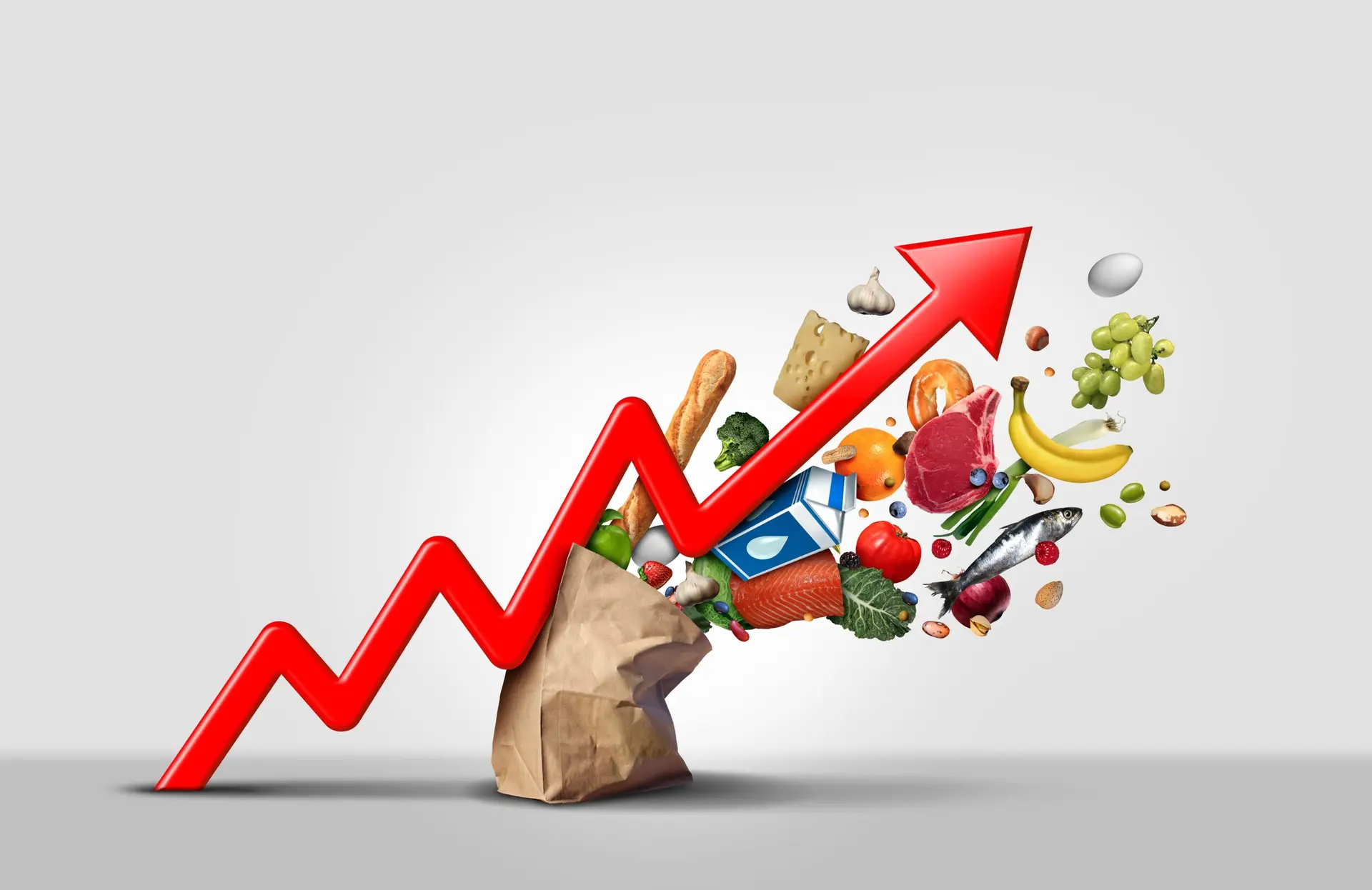What is the roadmap behind the success of Muktinath Bikas Bank?
It is because our bank has not forgotten the place where we belong. Our bank was established out of need, not with desire. This is one of the major differences between us and other banks. Though it was a development bank, we took a different path by helping eradicate poverty in rural parts of Syangja, the place from where we started our operation. Initially, we were licensed to operate in three districts as a development bank. We eventually became a national-level development bank. In 2016, we came to Kathmandu to operate the head office from here. But throughout all these upgrades, we didn’t lose our initial vision. The underlying policies that support our vision were planned with appropriate strategies. We believe there are two ways to be the best bank: either you should be the biggest bank or you should be different. We are not the biggest among the banks but we have always strived to be different. How often does your bank launch new products? We always try to keep ourselves updated in the best practice, so we periodically launch our products by understanding the needs of our customers. Recently we launched a deposit product called ‘Ashirwad Bachat’ and I am very proud to say that it has the highest insurance coverage of over Rs 10m. Many commercial banks are going for a merger. Does this hamper development banks? In the last fiscal year, the average return on equity of commercial banks was about 13.97 percent. But of the national level development banks, it was 14.16 percent. So, it is a fact that development banks are more profitable than commercial ones. If commercial banks merge, it becomes bigger and, in the process, the small customers are left behind. To pick them up, the development banks are always there. So, the merger is good for us. What is the situation of our national economy? Our total foreign trade in a year is about Rs 2.12trn. Out of this, 91 percent is for import and only nine percent for export. We are having a big issue of import dependency. In mid-July 2022, the balance of payment stood at an all-time high of about Rs 255bn but our foreign exchange reserve stands at $9.42bn. This is an external side of the economy that relates to the international scenario. Talking about the internal side, our inflation rate is 8.26 percent, which is very high. To cut this, the Nepal Rastra Bank raised its bank rate from 5 percent to 8.5 percent and its Cash Reserve Ratio (CRR) from 3 percent to 4 percent. So, the interest rate of commercial banks increased to 9.72 percent from 8.42 percent. With all these numbers, we can assume that we are not in good condition and the World Bank reports also say that the coming year will be much harder economically—especially for import-based countries like us. What is your opinion on the central bank hiking the interest rate? The World Bank has recently come up with a study that says the interest rate has not risen in Nepal only but the whole of South Asia. In Pakistan, the policy rate is above 15 percent, it is 14 percent in Sri Lanka. But in our case, it is only 8.5 percent. We are not in that much of a miserable state compared to others. The interest rate has been hiked all over the world and Nepal is no exception. CEO’s profile Pradyuman Pokharel has banking experience of over three decades. At present, he is also the president of Development Bankers Association Nepal and Executive Member of Management Association of Nepal. Before joining Muktinath Bikas Bank in 2016, he was associated with Mega Bank and Nabil Bank in leadership roles. Under his leadership, Muktinath Bikas Bank became the recipient of various international and national awards including European Microfinance Award 2020. MNBBL at a glance Balance Sheet Size: Rs 121.502bn Deposits: Rs 105.567bn Total loans and advances: Rs 91.412bn Clients: 1,330,655+ Branch: 178 Staff: 1,549











